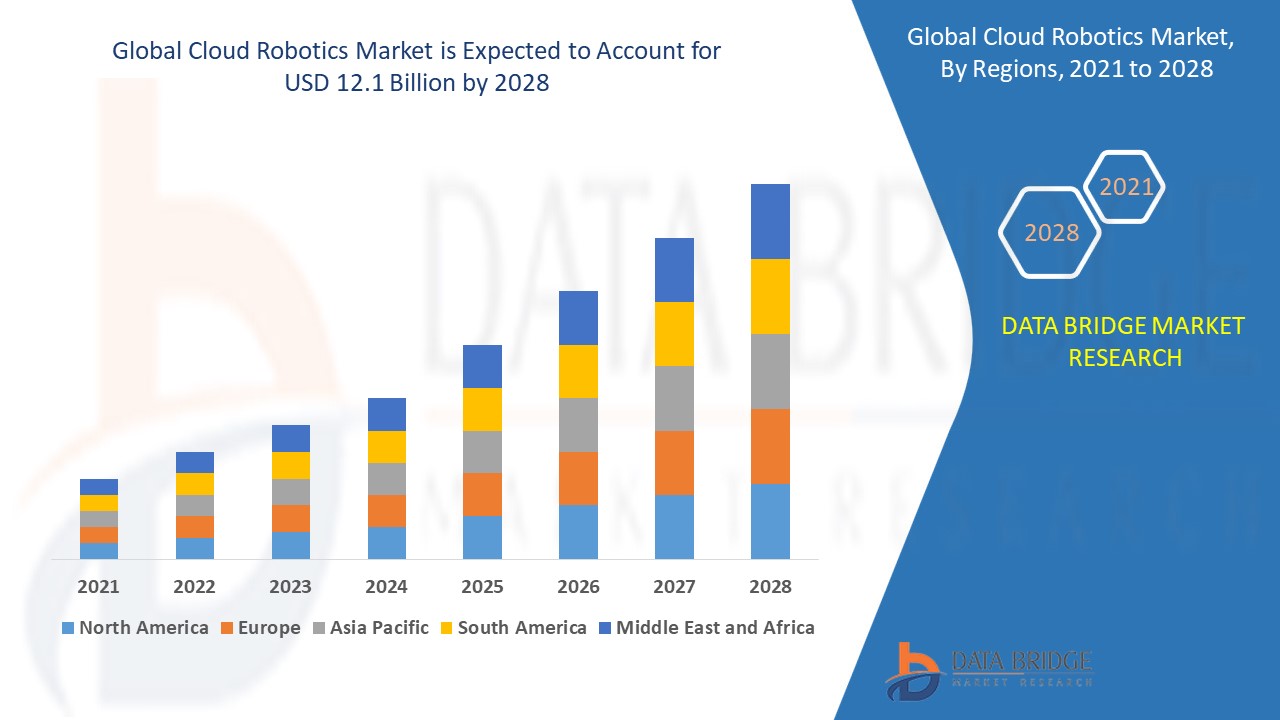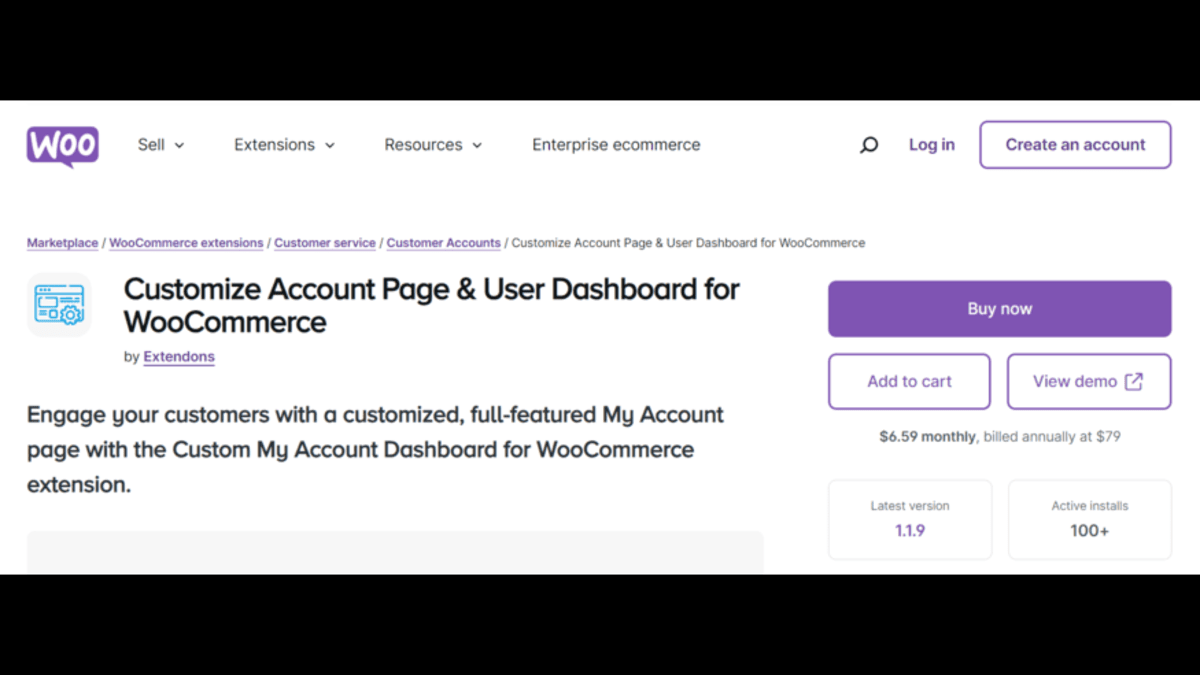Introduction
In recent years, the integration of cloud computing and robotics, known as cloud robotics, has transformed how humans and robots work together. This advanced technology leverages the cloud’s vast data storage and processing capabilities, enabling robots to operate more intelligently and collaboratively in various sectors, from manufacturing to healthcare. As industries continue to explore the potential of cloud robotics, the collaboration between humans and robots is becoming smoother, safer, and more productive. We will explore how cloud robotics enhances human-robot collaboration and examines the advantages, challenges, and future possibilities of this rapidly evolving field.
Definition
Cloud robotics is a technology framework that combines cloud computing with robotics to enable robots to access powerful computational resources, vast data storage, and advanced artificial intelligence (AI) and machine learning (ML) models remotely. Rather than relying solely on onboard processing, cloud robotics allows robots to offload complex tasks, access real-time data, and communicate with other robots and systems through the cloud. This approach improves scalability, adaptability, and collaboration by enabling robots to perform more sophisticated functions and learn continuously from shared experiences and data stored in the cloud.
Understanding Cloud Robotics
Cloud robotics is the integration of cloud computing resources, such as storage, processing power, and advanced algorithms, with robotic systems. This approach enables robots to offload complex computations, access real-time data, and leverage advanced artificial intelligence (AI) and machine learning (ML) capabilities through the cloud. Instead of relying on onboard processing, robots can tap into vast cloud resources, allowing them to perform sophisticated tasks and communicate with other systems.
How Cloud Robotics Facilitates Human-Robot Collaboration
Real-Time Data Sharing and Decision-Making:
Cloud robotics allows robots to instantly share data with other robots, systems, and human operators. For example, in a manufacturing plant, robots can upload real-time production data to the cloud, allowing managers to monitor processes remotely and make adjustments as needed. This real-time data exchange creates a seamless environment where both humans and robots can access the same information, enabling them to work in sync. Furthermore, cloud robotics can process data from multiple sources, providing robots with situational awareness that helps them make smarter decisions.
Enhanced Learning and Adaptability:
The ability of robots to learn from one another is one of the main advantages of cloud robotics. When one robot encounters a new problem or learns a new skill, it can upload this information to the cloud, allowing other robots to benefit from the experience. This collective learning approach not only speeds up the learning process for robots but also enhances their adaptability in diverse environments. For humans, this means working alongside robots that can adapt to different situations, reducing the need for manual intervention and improving operational efficiency.
Improved Safety Protocols:
Ensuring safety in environments where robots and humans work closely together is paramount. Cloud robotics enhances safety by enabling robots to access real-time information on human presence and activity. Using data from sensors, cameras, and wearable devices, cloud-connected robots can adjust their actions to avoid accidents. For instance, a robot in a warehouse can detect when a human enters its operating area and either slow down or pause its movements. This type of real-time adjustment creates a safer workplace, fostering trust between human workers and their robotic counterparts.
Reduced Latency and Enhanced Precision in Complex Tasks:
By leveraging the cloud’s computational power, robots can perform complex tasks with increased precision and reduced latency. In the healthcare industry, for instance, cloud robotics is being used in surgical procedures, where robots assist surgeons by providing steady, precise movements. In these scenarios, cloud-based platforms enable rapid data processing, allowing robots to respond to commands with minimal delay. This enhanced responsiveness allows humans to focus on high-level decision-making while robots handle precise, repetitive tasks.
Scalability and Resource Efficiency:
Cloud robotics offers a scalable solution for businesses, allowing them to deploy and upgrade robots without significant hardware investments. Because the bulk of computing is done in the cloud, robots can be equipped with less expensive hardware, making them more accessible and affordable. This scalability enables organizations to rapidly expand or reduce their robotic workforce based on demand. For human workers, this flexibility can mean an easier transition into hybrid roles, where robots take on repetitive or physically demanding tasks, allowing humans to focus on more strategic or creative work.
Applications of Cloud Robotics in Different Industries
Cloud robotics is already making a significant impact in various fields. Here are some industries where human-robot collaboration is thriving due to cloud robotics:
- Manufacturing: In factories, cloud-connected robots streamline assembly lines by sharing data and collaborating with human workers. Robots can take over repetitive tasks, while humans oversee quality control and troubleshooting. This setup increases production efficiency and reduces the physical strain on human workers.
- Healthcare: Surgical robots, connected to cloud platforms, assist surgeons with precision tasks. This technology allows surgeons to focus on complex decision-making, while robots handle steady, delicate maneuvers. Cloud robotics also enhances telemedicine, enabling remote diagnosis and monitoring.
- Agriculture: Robots in agriculture use cloud-based data to monitor crop health, manage soil conditions, and track weather patterns. Farmers work with these robots to make data-driven decisions about planting, watering, and harvesting, optimizing yield and reducing resource consumption.
- Retail and Warehousing: In the retail and warehousing sector, cloud robotics supports inventory management, order fulfillment, and logistics. Robots can quickly locate items in large warehouses and move them efficiently, reducing the workload for human staff. With cloud integration, managers can monitor stock levels in real time and optimize supply chains.
Challenges in Implementing Cloud Robotics
While cloud robotics offers many benefits, its implementation is not without challenges. Some of the primary obstacles include:
Data Security and Privacy Concerns: Transmitting data over the cloud introduces security risks, as sensitive information can be vulnerable to hacking. Ensuring secure data encryption and compliance with privacy regulations is essential.
Network Reliability and Latency Issues: Cloud robotics depends on a stable internet connection. In cases where network reliability is inconsistent, latency issues can arise, potentially disrupting real-time collaboration.
High Initial Investment and Training Costs: Deploying cloud robotics requires substantial initial investments in both technology and training. Human workers need to understand how to work with these advanced systems, which can require time and resources.
Ethical and Workforce Implications: The adoption of robots in the workplace raises questions about job displacement. Organizations must consider how to balance automation with job creation and ensure that human workers are not unduly impacted.
Future of Cloud Robotics in Human-Robot Collaboration
The future of cloud robotics looks promising, with innovations in AI, 5G, and IoT expected to expand the possibilities for human-robot collaboration. Here’s what we can expect:
- Greater Autonomy: With advancements in AI, robots will become more autonomous and adaptive, capable of managing complex tasks with minimal human intervention.
- Increased Use of Digital Twins: Digital twin technology will allow robots to simulate and test actions in virtual environments before execution, improving their ability to collaborate safely and effectively.
- Enhanced Human-Machine Interfaces (HMI): Voice commands, gesture recognition, and augmented reality interfaces will simplify interactions between humans and robots.
Growth Rate of Cloud Robotics Market
It is anticipated that the cloud robotics market would expand between 2021 and 2028. Data Bridge Market Research projects that the market will develop at a compound annual growth rate (CAGR) of 13.4% during the aforementioned forecast period, reaching an estimated value of USD 12.1 billion by 2028.
Read More: https://www.databridgemarketresearch.com/reports/global-cloud-robotics-market
Conclusion
Cloud robotics is transforming human-robot collaboration, enabling robots to access and process data in real time, learn from shared experiences, and work safely and efficiently alongside humans. By enhancing learning, adaptability, and precision, cloud robotics creates a collaborative environment where human skills are complemented by robotic capabilities. As organizations continue to adopt this technology, cloud robotics will pave the way for a more integrated and productive future, benefiting industries and society as a whole.




